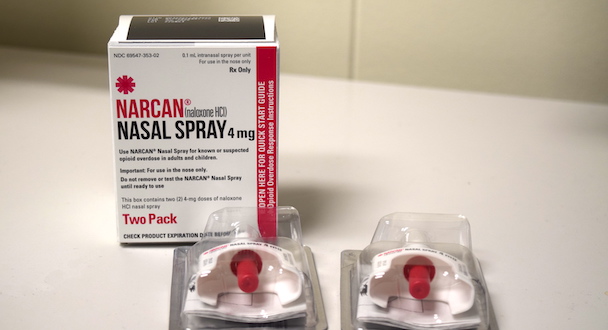School safety is an ever-growing area of concern in our communities. As a result, the Coalition of Safe Schools and Communities and the San Mateo County Office of Education provide many resources to help school communities prevent emergencies and be better prepared in case an emergency occurs.
Click on the icons below to jump to different pages related to school safety.
Emergency Management Resources
San Mateo County Resources
The Big Five Immediate Action Emergency Responses
San Mateo County Coalition for Safe Schools and Communities
Student Threat Assessment Protocol
San Mateo County Coalition for Safe Schools and Communities
School Safety for Families
San Mateo County Office of Education
Preparedness Resources
The Standardized Emergency Management System
California Office of Emergency Services
Recovery Resources
Natural Disaster Resources
National Association for School Psychologists
Social Media and School Crises
California Association for School Psychologists






